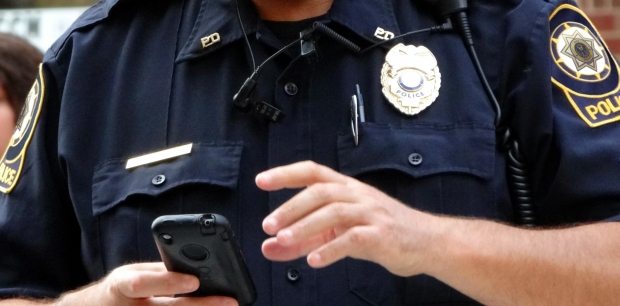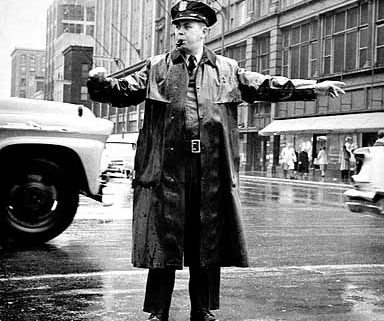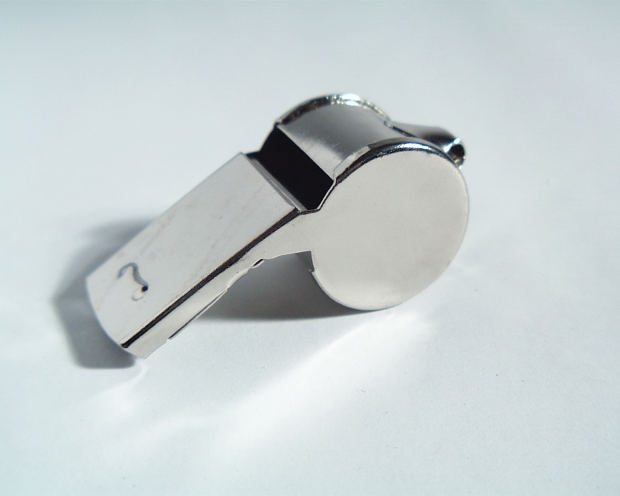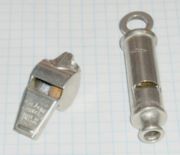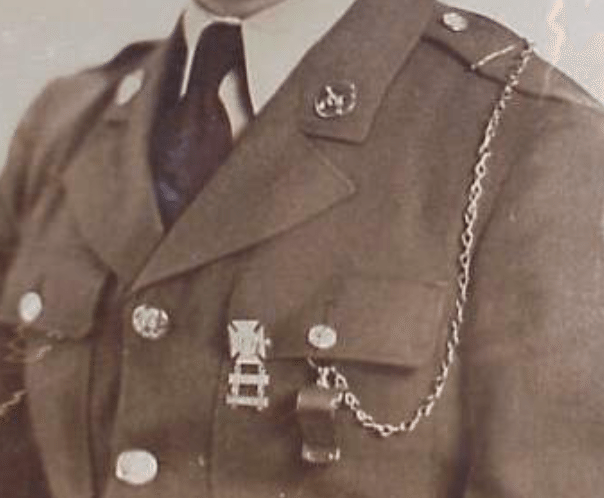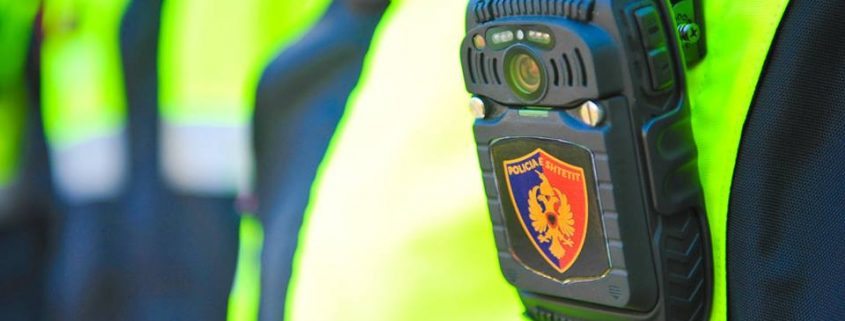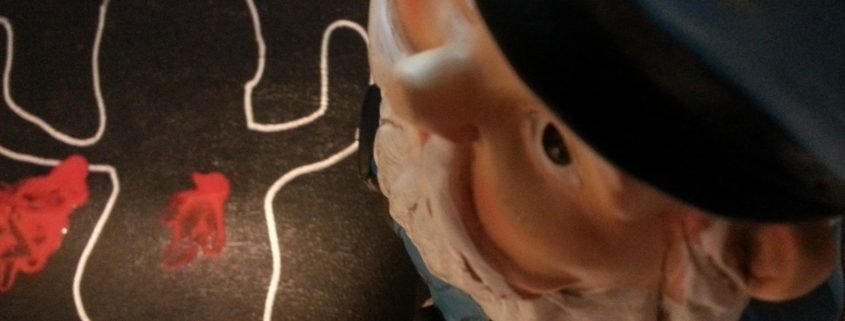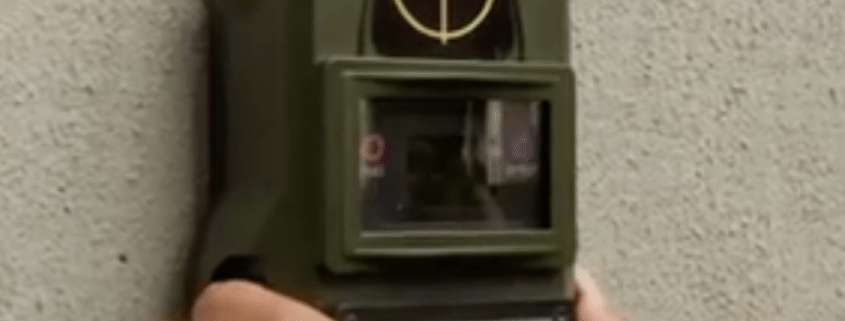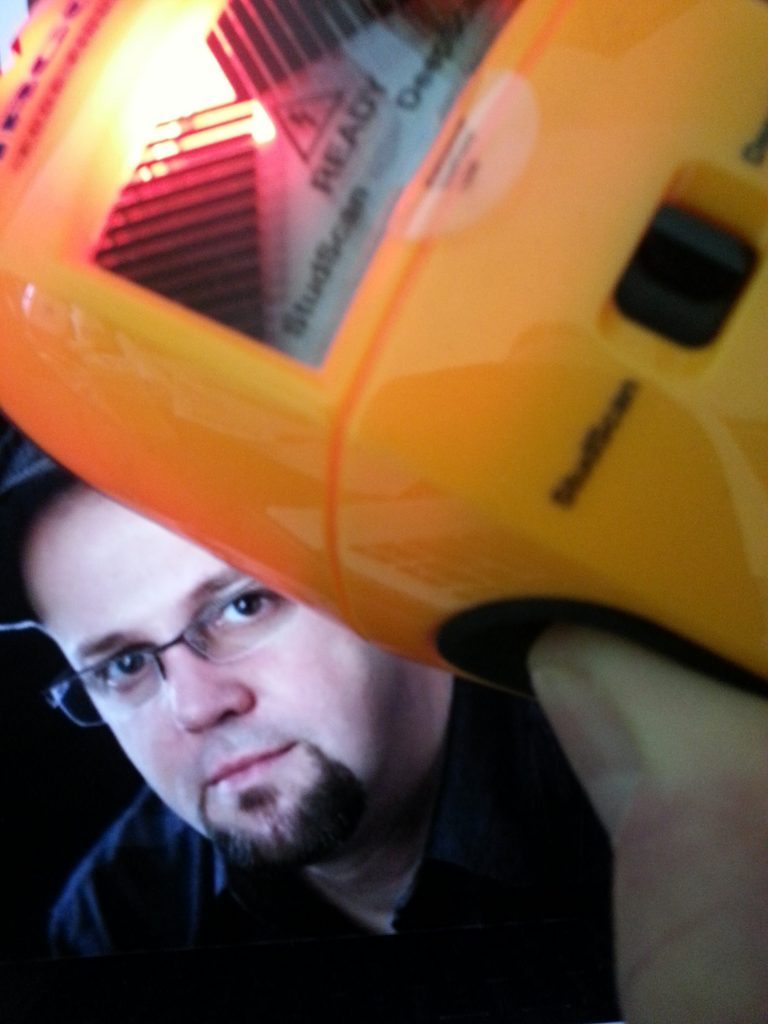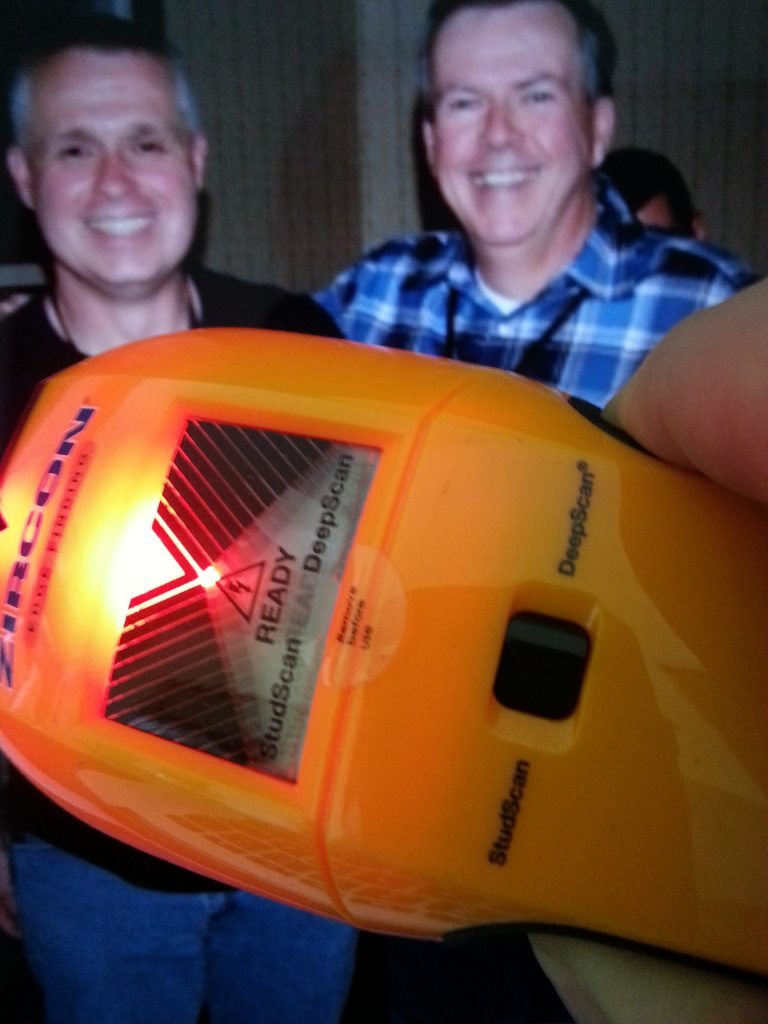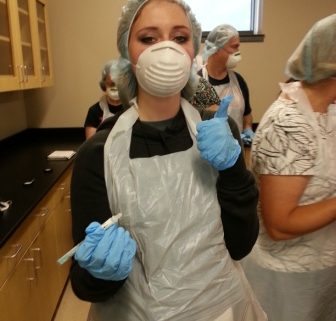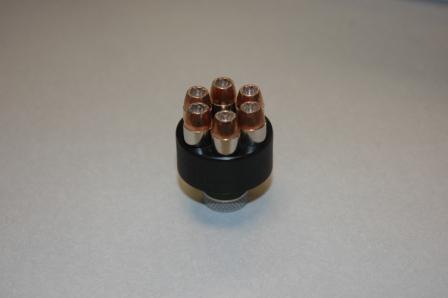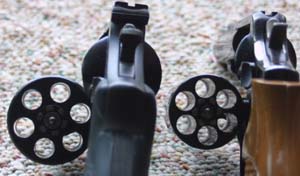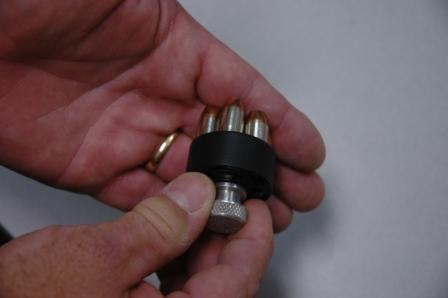Possibly a distant cousin to R2-D2 or C-3PO, this crime-fighting robot’s name is O-R3.
Capable of instantly recognizing wanted criminals and possible criminal activity, O-R3, a real-life superhero who identifies as a police car, even carries a secret weapon in case a suspect flees or escapes custody.

O-R3
For example, a crook hops a fence and attempts to get away from officers by crossing a creek and running through the woods to freedom. If that scenario, or one similar, were to happen, O-R3 leaps into action, flipping open a rear compartment to launch its onboard drone. The remotely-controlled aircraft assumes the chase by following the bad guy from above. Cameras positioned on the drone send video feed to authorities on the ground.
While on patrol, O-R3 sends constant video feed to to the police department.
Also part of O-R3’s arsenal are an array of electronics that include biometric software and other scanners that can instantly analyze suspicious objects, such as abandoned bags and backpacks.
O-R3 uses sensor fusion technology that’s capable of crunching data at warp speeds, which allows the 4-wheeled car-like robot to instantly avoid obstacles and to immediately react to things as they occur. And, O-R3 never takes a vacation, it’s never sick, and it’s never late for work.
In addition, O-R3 onboard equipment includes:
- 2D and 3D laser scanners
- thermal vision
- license plate scanner/recognition
- stereo photography
- IMU sensors (Inertial Measurement Units—a self-contained system that measures linear and angular motion usually with an assortment of gyroscopes and accelerometers).
O-R3 is brought to you by the same folks who designed and manufacture:
- Double – personal robots for those times when you can’t be there in person but absolutely MUST be there. This is cool!
- SpinTable, a self-service restaurant booking app.
- FIV – a driver’s service booking app that assists with finding drivers/chauffeurs.
- SwitchBee – a home management device that makes your home a smart home (controlled by your cellphone) in just 90 minutes.
Here’s O3R “in person.” By the way, the Dubai Police Force already utilizes the driverless and cop-less O-R3s as part of their fleet of police vehicles.
In a related story, anonymous unnamed sources who were not authorized to say a single word but did so anyway all while knowing the reporter totally fabricated the source and the entire story …
Wait, what was talking about? Oh … the story. Now, this is to be kept between us because we don’t want any of those pesky leaks occurring on our watch, right? So lean in and feast your ears on this juicy bit of news.
Insiders close to O-R3 say he’s been seen cozying up to sexpot Rosie the Maid.

Rosie the Maid
In fact, they were seen together last Saturday night at the Nuts and Bolts Bar, THE hotspot for all famous robots. George Jetson has tried to intervene but Rosie refuses any and all suggestions that she needs rehab for an opioid addiction. Jetson told police he has no control over her. He also told the officers he believes Rosie may be working as a prostitute or selling highly addictive illegal cogs and sprockets. He believes this to be true because he sees a lot of strange robots coming and going at all hours of the night.
Back to the sighting at the Nuts and Bolts Bar. Joining the battery-powered couple for high-octane cocktails were The Robot (who’s no longer Lost in Space), and Futurama’s Bender who, by the way was indeed on a bender (we hear he’s at risk of losing his job due to his excessive consumption of Penzoil’s high-end 30w oil. Since his retirement from Star Trek, Data has worked as a bartender at Nuts and Bolts and the drinks have never been more precisely mixed.
By the way, thanks to Major Mechanical for stopping by today to help out with the robot facts. Couldn’t have done it without him.

Major Mechanical


